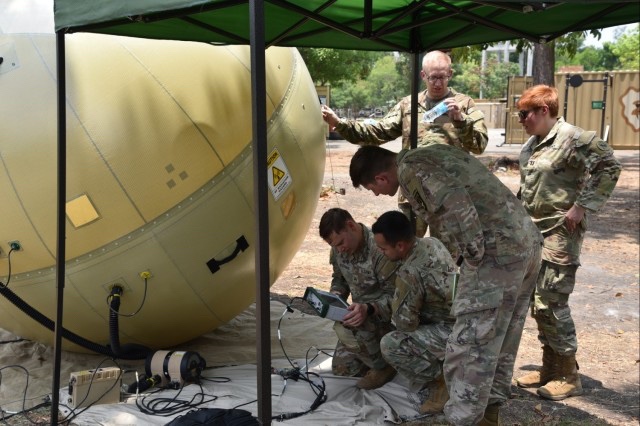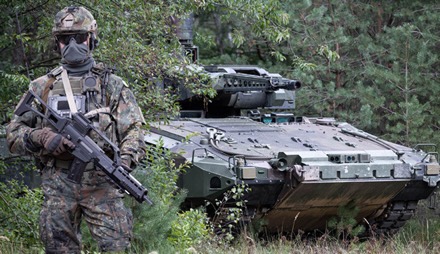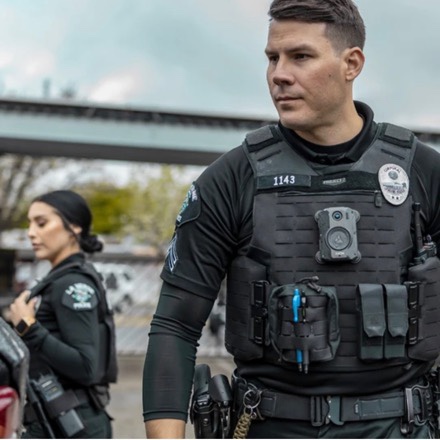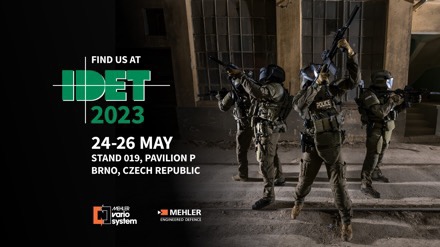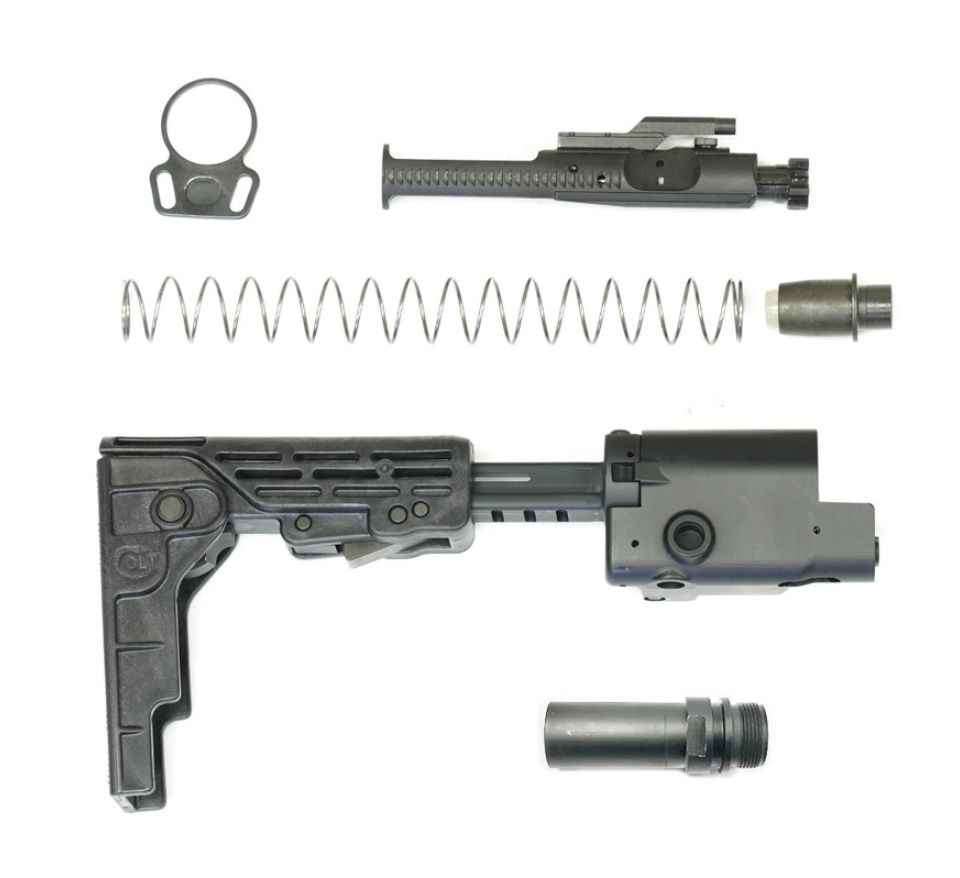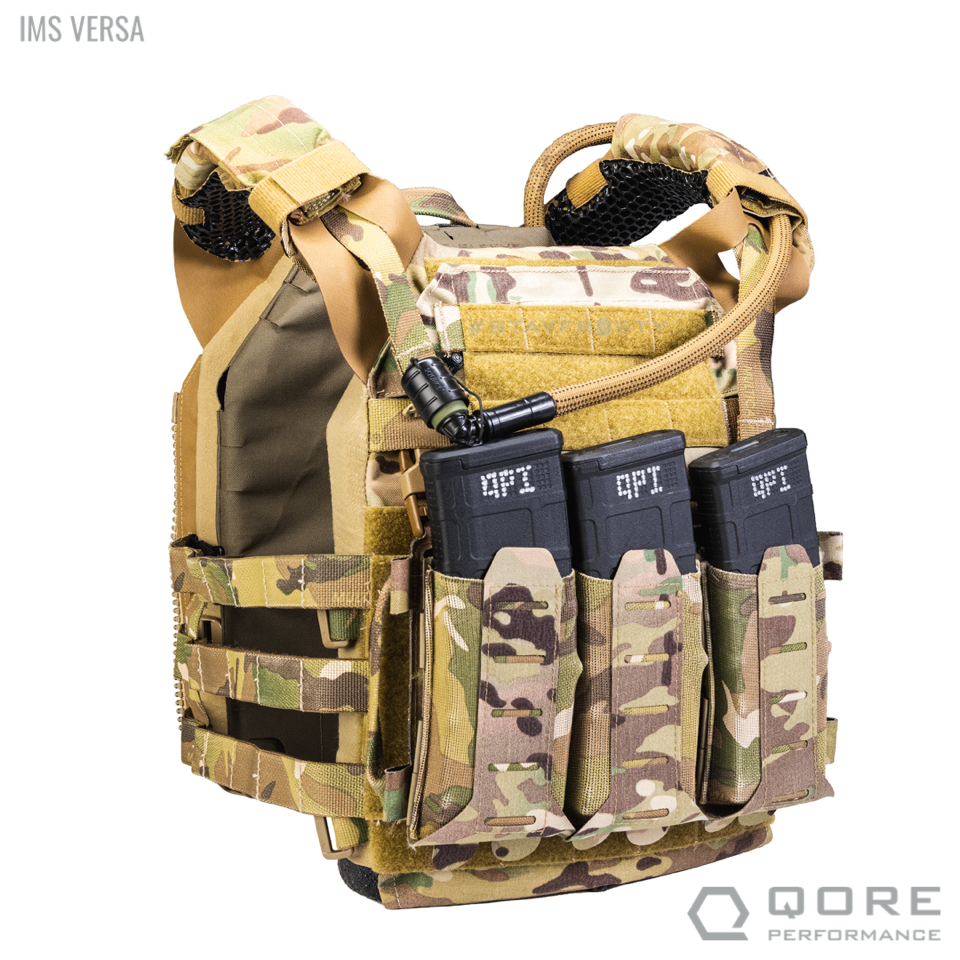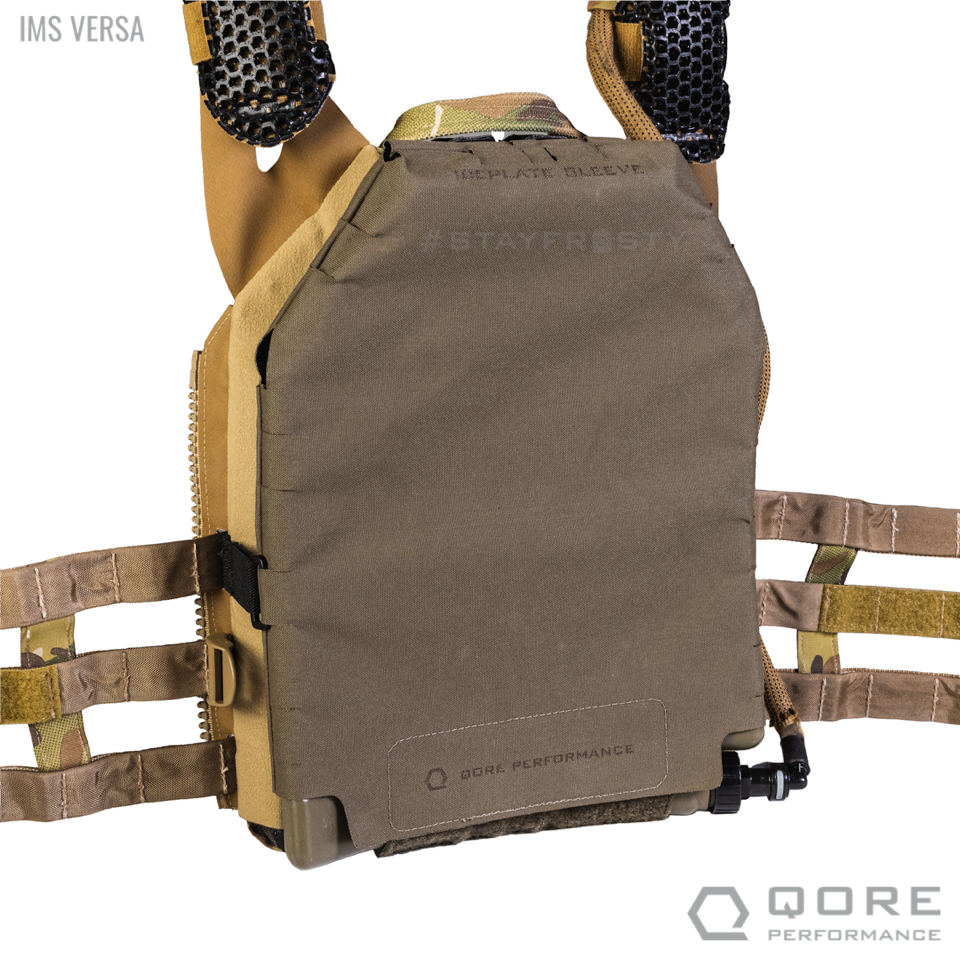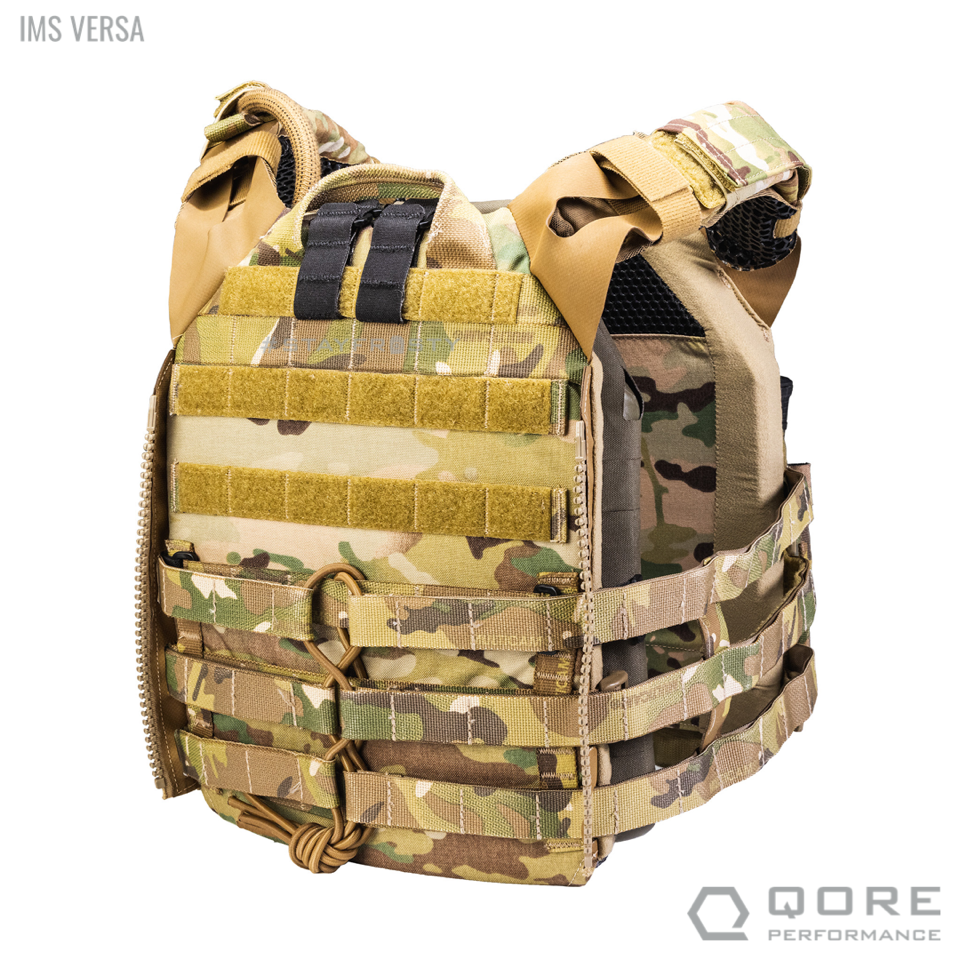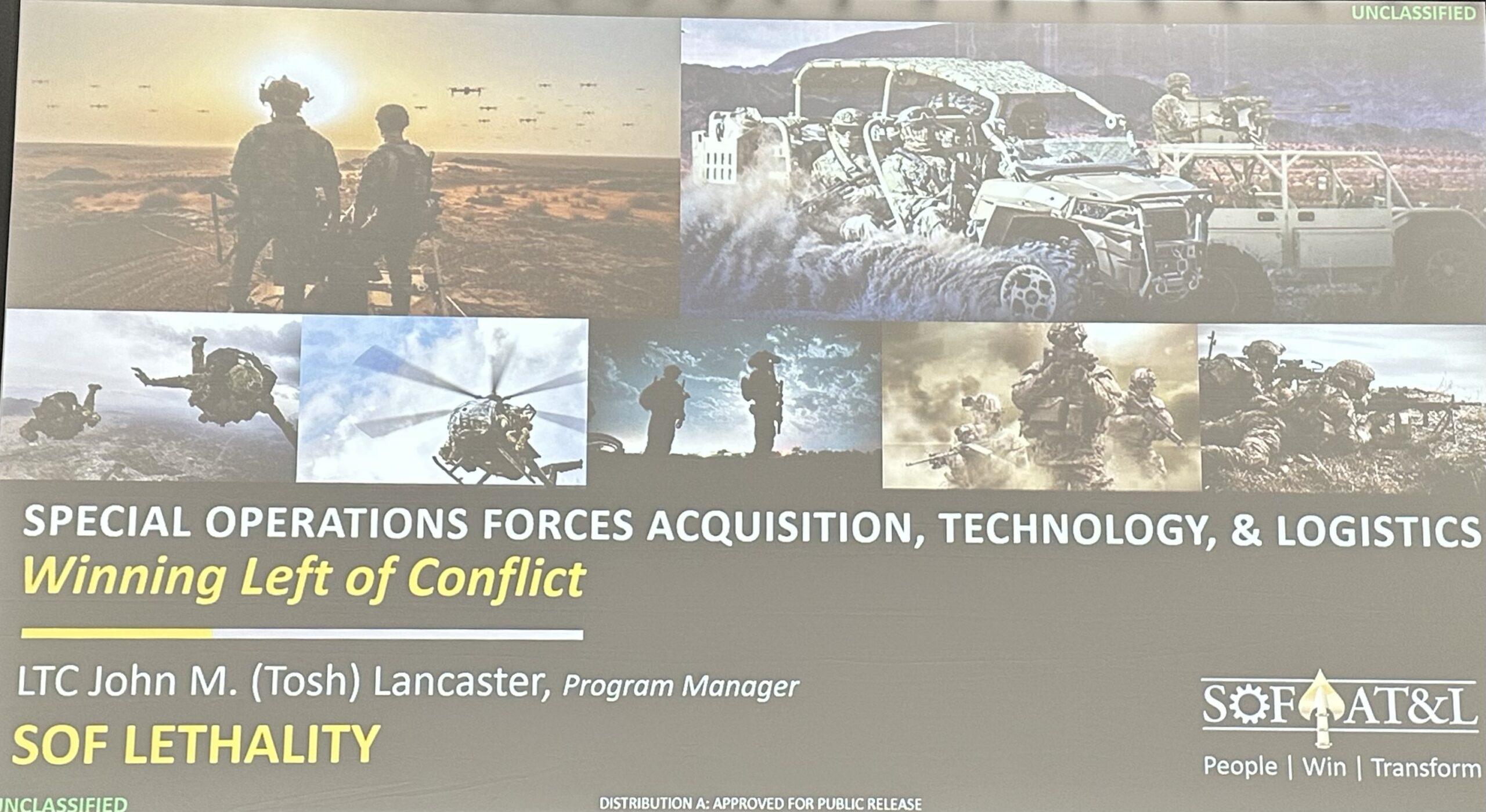
The update to the USSOCOM weapons update is that there’s not much to update. Organized under PEO SOF Warrior, PM Lethality is led by LTC John M “Tosh” Lancaster who conducted a briefing on his portfolio during SOF Week. These are photographs of the slides he used.
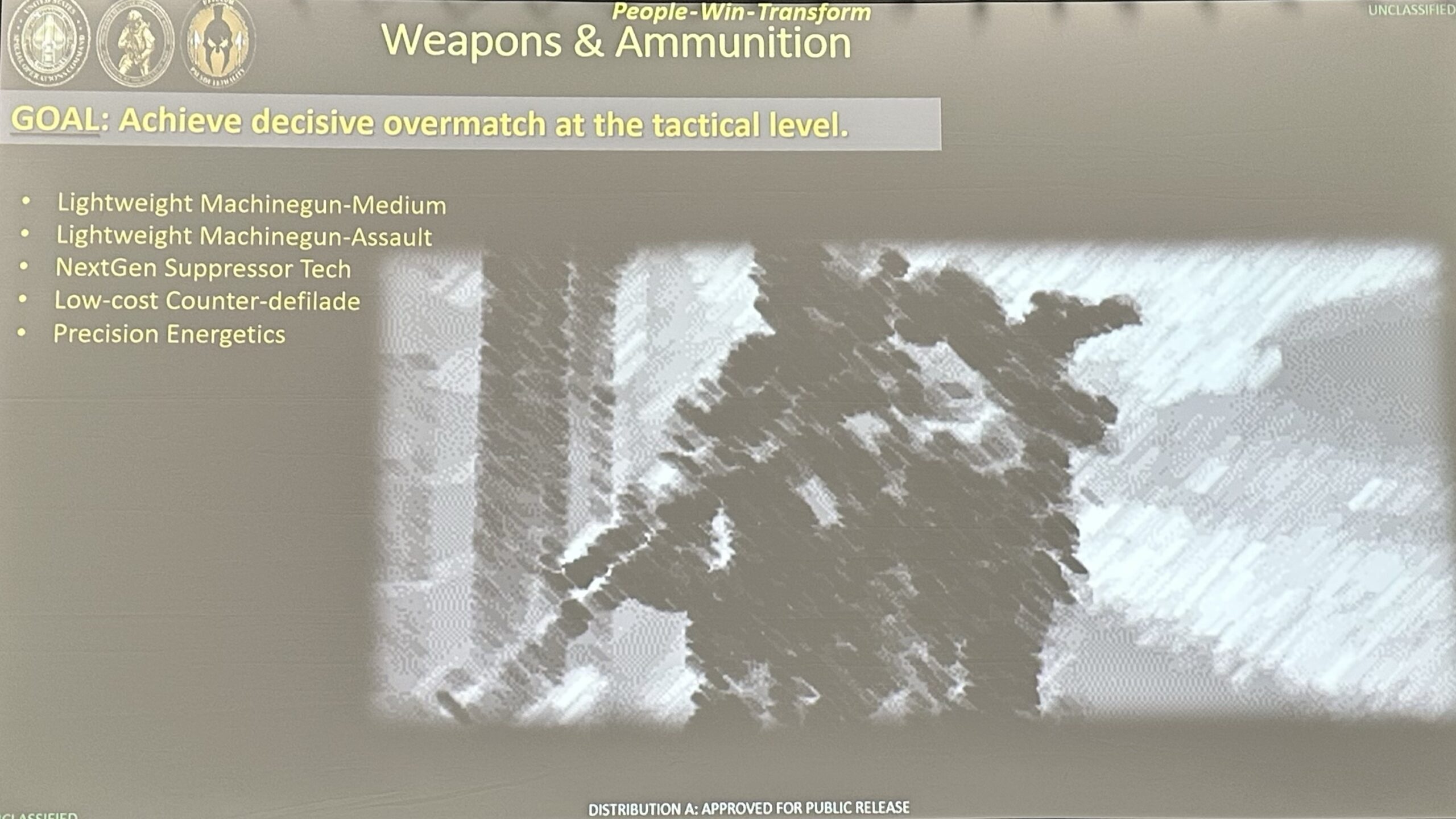
Weapon program continuations from last year include the Lightweight Machinegun-Medium in .338 Norma Mag and Lightweight Machinegun-Assault in 6.5 CM. The LMG-M is underway with fielding anticipated in FY 26, while LMG-A is still in planning. The LMG-M will offer accurate fire at .50 ranges from a weapon lighter than an M240 firing 7.62 NATO. It is in my estimation the greatest single improvement to US small arms in a century.
As part of their service-like acquisition authorities, the command continues to look at Next Gen Suppressor Technologies, low-cost counter-defilade solutions, and precision energetics. For suppressors, they’d like to address the whole gamut: flash, heat, ground disturbance, and sound as well as particulate. On the energetics side, LTC Lancaster mentioned Slap Charges which are primarily used for breaching. This is not to be confused with SLAP (saboted light armor penetrator) ammunition which they are also interested in, particularly in 338 NM.
One interesting disclosure by LTC Lancaster was made during an acknowledgement of the US Army’s 6.8mm Next Generation Squad Weapons program; that US Army Special Operations Command will receive those weapons and ammunition from the Army. What he didn’t say is important. Considering that USASOC has the vast preponderance of SOF ground forces, if the M7 replaces the M4A1s in Army SOF arms rooms, those M4s will once again become SOF unique. Considering the investment, this will lead to a discussion on whether USASOC (and perhaps SOCOM writ large) wants to continue with the M4 or look for a new weapon and possibly caliber. They could reject 5.56mm NATO completely and fully adopt the NGSW weapon and ammunition, or look for a new lightweight carbine in some flavor of 5.56 or another intermediate cartridge (sorry fanboys, 6 ARC isn’t the answer, but that’s another discussion).
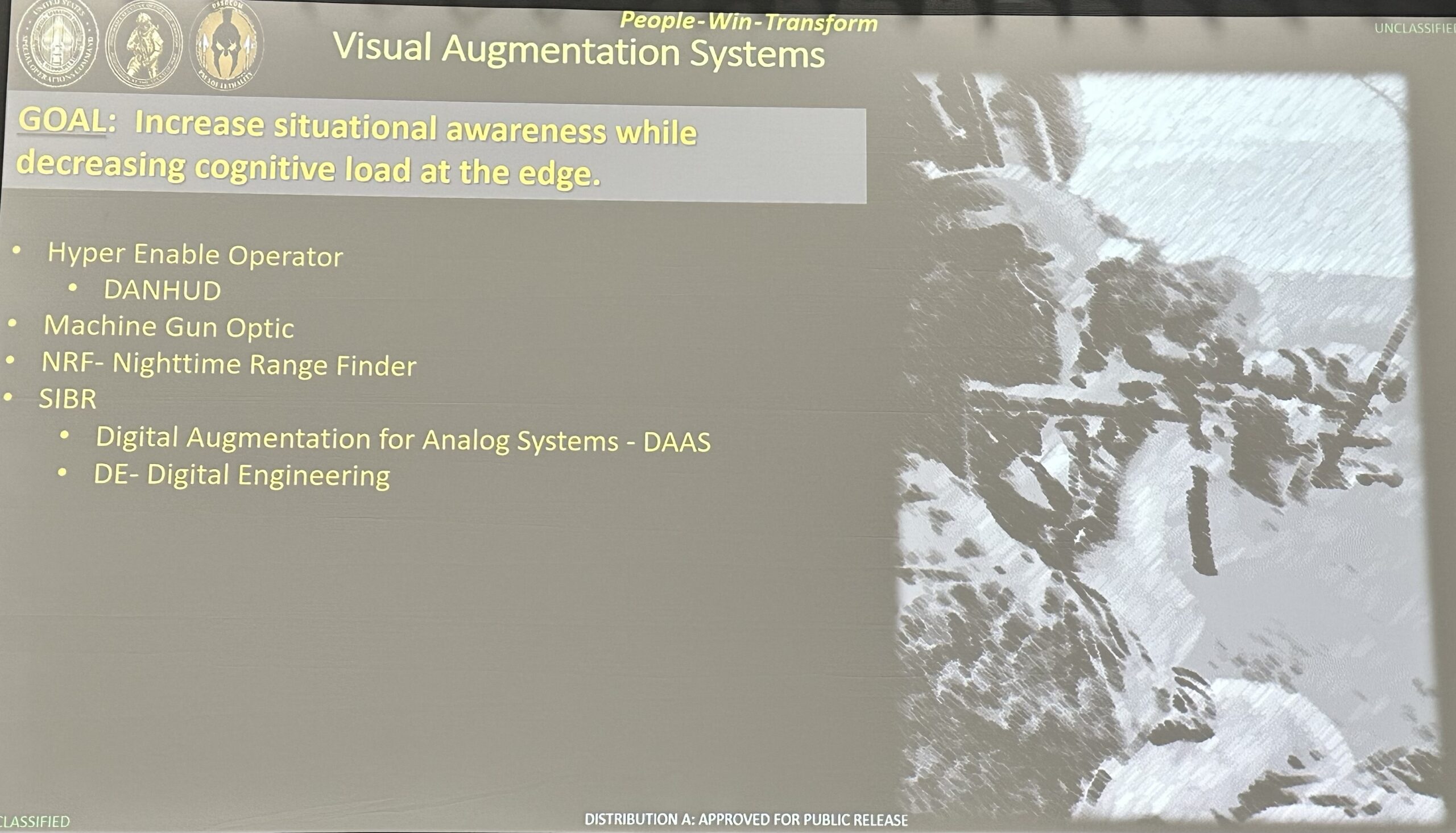
On the Visual Augmentation System or VAS front, LTC Lancaster explained that every 18 to 24 months he has an opportunity to transition a promising technology from the work being done by the Joint Acquisition Task Force in pursuit of the Hyper Enabled Operator objective, which is itself an off-shoot of the Tactical Assault Light Operator Suit (TALOS) or so-called “Iron Man” program.
DANHUD is just such a project. The Day And Night Heads Up Display will integrate with ATAK and head protection systems to project relevant data to the eyes. LTC Lancaster wants to get the operator’s eyes off the screen and back up into the fight. While the Army continues to work on the Integrated Visual Augmentation System (IVAS), DANHUD is moving at a much faster pace and is more focused on immediate operator needs.
They are also seeking a new Machine Gun Optic for use with LMG-M to be fielded in FY 26 along with the weapon.
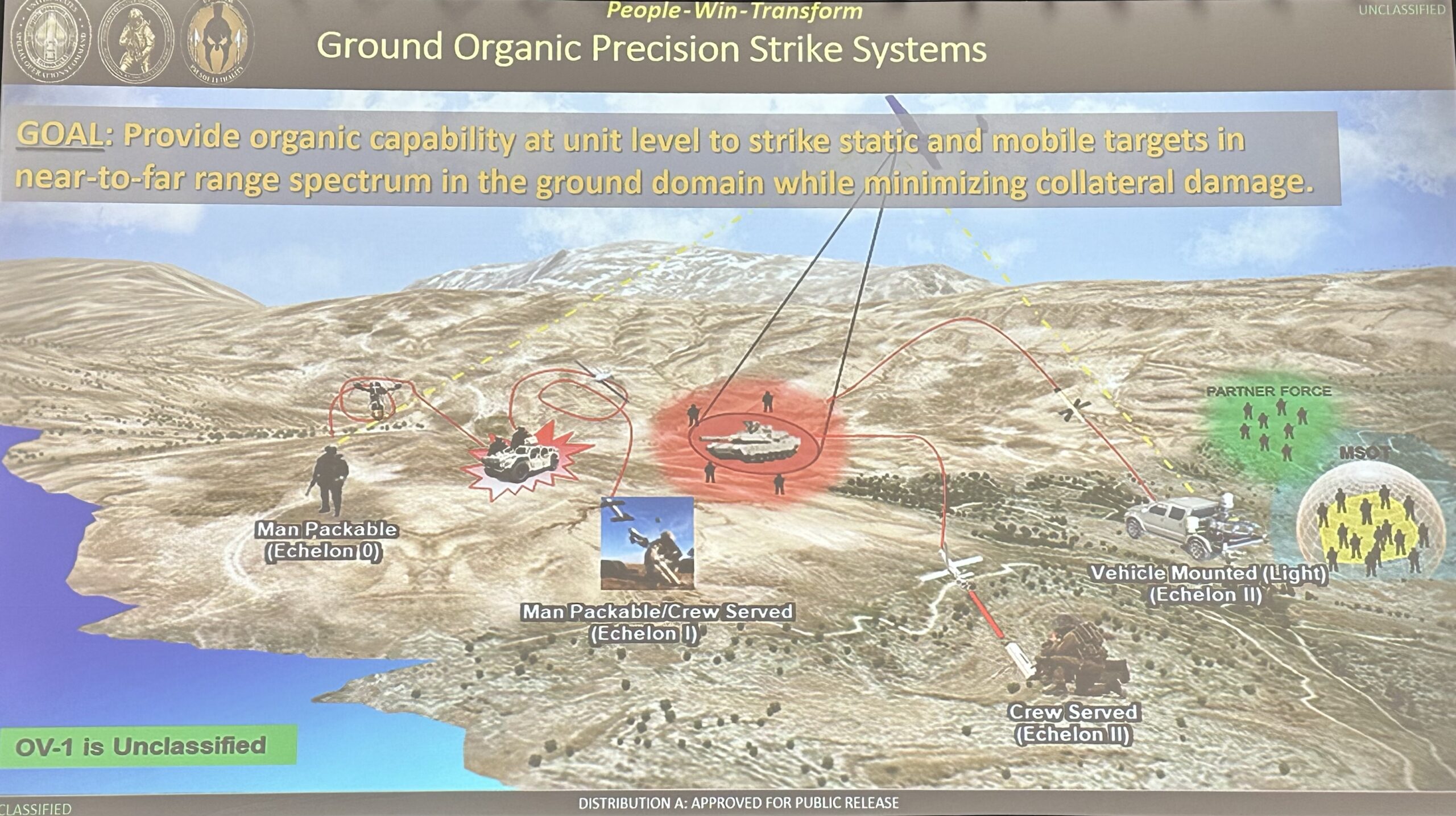
Ground Organic Precision Strike System is also a carry over. Envisioned as a system of different sized strike capabilities, GOPSS offers the ground SOF element with its own precision fires.
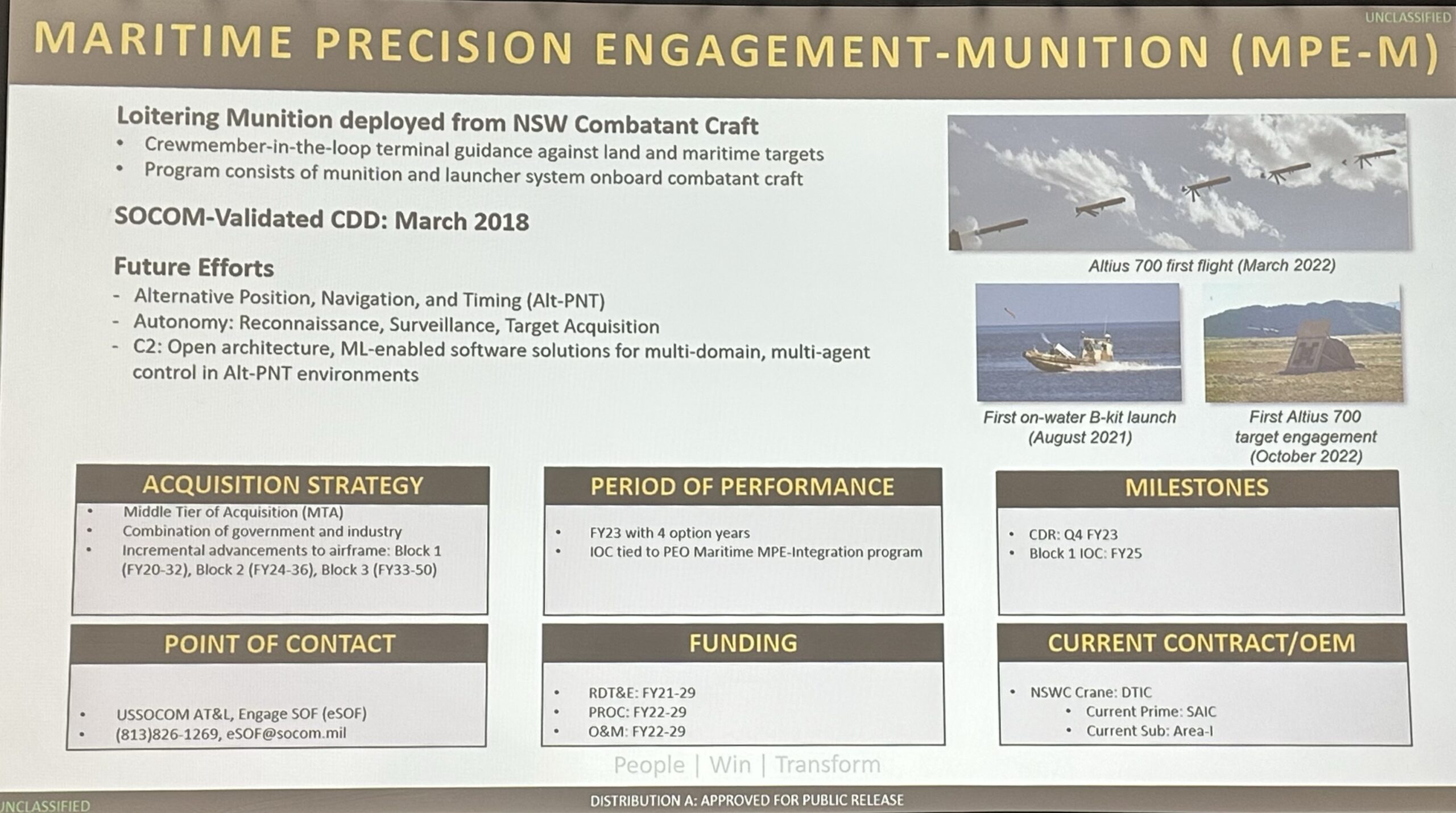
Maritime Precision Engagement-Munition is managed by Program Management Office–Naval Special Warfare, also inder PEO SOF Warrior. As a surface-based analog to GOPPS, MPE-M delivers a Javelin-sized warhead from a loitering munition launched from a Naval Special Warfare surface craft. It features operator-in-the-loop and can be used against land and surface targets. Future improvements include non-kinetic payloads and Alt-PNT guidance modalities.

Above is a laundry list of capability enhancements USSOCOM is interested in, regardless of whether there is a formal program. Almost all of these are technology insertions into existing capabilities rather than completely new systems. However, the announcement for the Mortar Fire Control Device requirement should be available through SOFWERX soon.
On a final note, lethal droids are coming to SOF. Just as unmanned aerial systems like Switchblade have been weaponized, expect similar results for ground robots. For example, throw bots that explode and weaponized unmanned ground systems. Like with aerial systems, an operator will remain in the loop for final weapon release authority.


